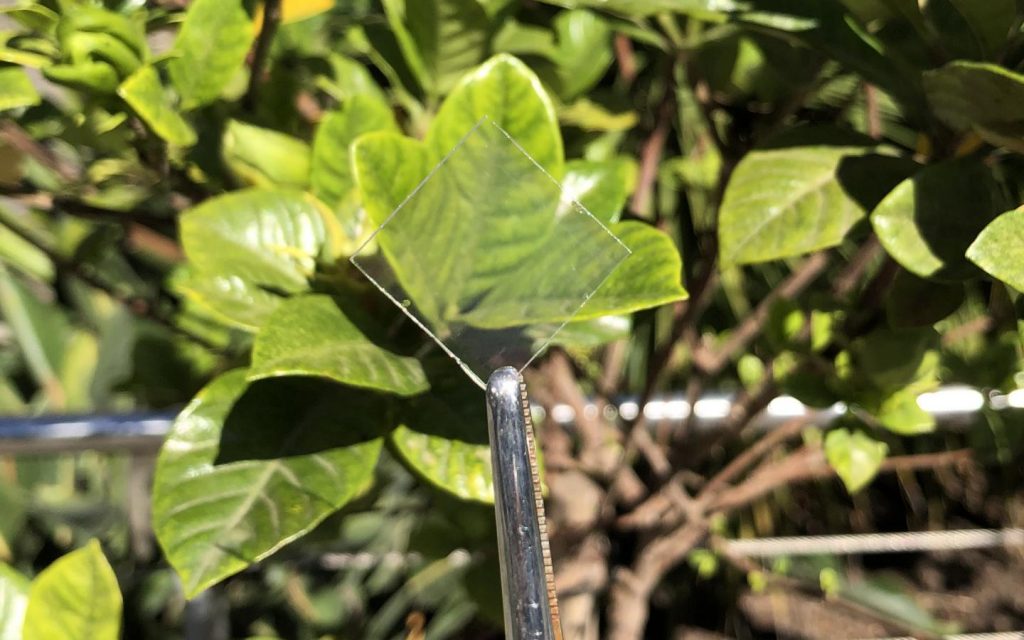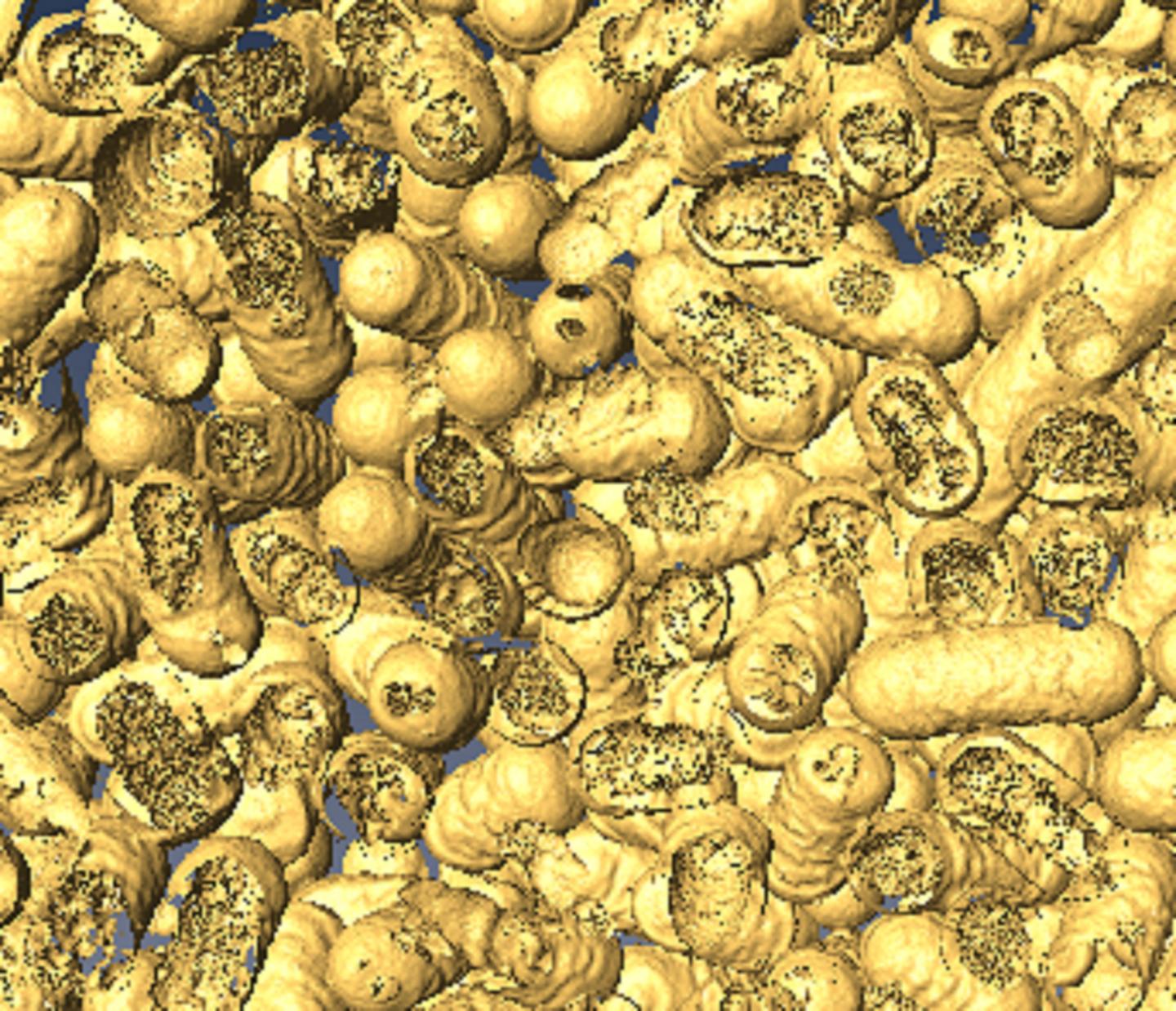An August 6, 2020 RMIT University (Australia) press release (also on EurekAlert but published August 5, 2020) by Gosia Kaszubska announces a coating that makes windows ‘smart’,
A simple method for making clear coatings that can block heat and conduct electricity could radically cut the cost of energy-saving smart windows and heat-repelling glass [electrochromic windows?].
The spray-on coatings developed by researchers at RMIT are ultra-thin, cost-effective and rival the performance of current industry standards for transparent electrodes.
Combining the best properties of glass and metals in a single component, a transparent electrode is a highly conductive clear coating that allows visible light through.
The coatings – key components of technologies including smart windows, touchscreen displays, LED lighting and solar panels – are currently made through time-consuming processes that rely on expensive raw materials.
The new spray-on method is fast, scalable and based on cheaper materials that are readily available.
The method could simplify the fabrication of smart windows, which can be both energy-saving and dimmable, as well as low-emissivity glass, where a conventional glass panel is coated with a special layer to minimise ultraviolet and infrared light.
Lead investigator Dr Enrico Della Gaspera said the pioneering approach could be used to substantially bring down the cost of energy-saving windows and potentially make them a standard part of new builds and retrofits.
“Smart windows and low-E glass can help regulate temperatures inside a building, delivering major environmental benefits and financial savings, but they remain expensive and challenging to manufacture,” said Della Gaspera, a senior lecturer and Australian Research Council DECRA Fellow at RMIT.
“We’re keen to collaborate with industry to further develop this innovative type of coating.
“The ultimate aim is to make smart windows much more widely accessible, cutting energy costs and reducing the carbon footprint of new and retrofitted buildings.”
The new method can also be precisely optimised to produce coatings tailored to the transparency and conductivity requirements of the many different applications of transparent electrodes.
Global demand for smart glazing
The global market size for smart glass and smart windows is expected to reach $6.9 billion by 2022, while the global low-E glass market is set to reach an estimated $39.4 billion by 2024.
New York’s Empire State Building reported energy savings of $US2.4 million and cut carbon emissions by 4,000 metric tonnes after installing smart glass windows.
Eureka Tower in Melbourne features a dramatic use of smart glass in its “Edge” tourist attraction, a glass cube that projects 3m out of the building and suspends visitors 300m over the city. The glass is opaque as the cube moves out over the edge of the building and becomes clear once fully extended.
First author Jaewon Kim, a PhD researcher in Applied Chemistry at RMIT, said the next steps in the research were developing precursors that will decompose at lower temperatures, allowing the coatings to be deposited on plastics and used in flexible electronics, as well as producing larger prototypes by scaling up the deposition.
“The spray coater we use can be automatically controlled and programmed, so fabricating bigger proof-of-concept panels will be relatively simple,” he said.
…

That is an impressive level of transparency. As per usual, here’s a link to and a citation for the paper (should you wish to explore further),
Ultrasonic Spray Pyrolysis of Antimony‐Doped Tin Oxide Transparent Conductive Coatings by Jaewon Kim, Billy J. Murdoch, James G. Partridge, Kaijian Xing, Dong‐Chen Qi, Josh Lipton‐Duffin, Christopher F. McConville, Joel van Embden, Enrico Della Gaspera. Advanced Materials Interfaces DOI: https://doi.org/10.1002/admi.202000655 First published: 05 August 2020
This paper is behind a paywall.
